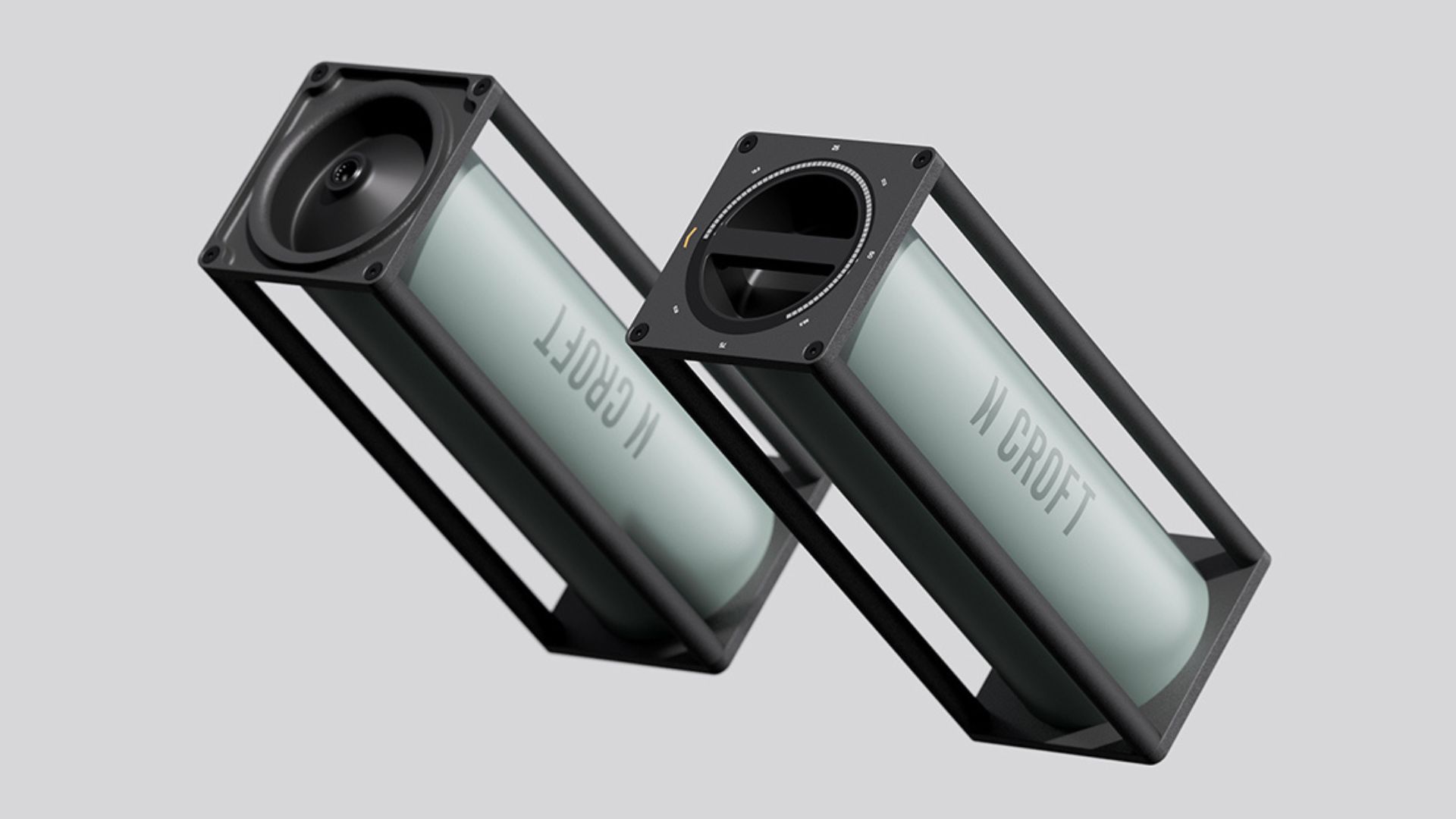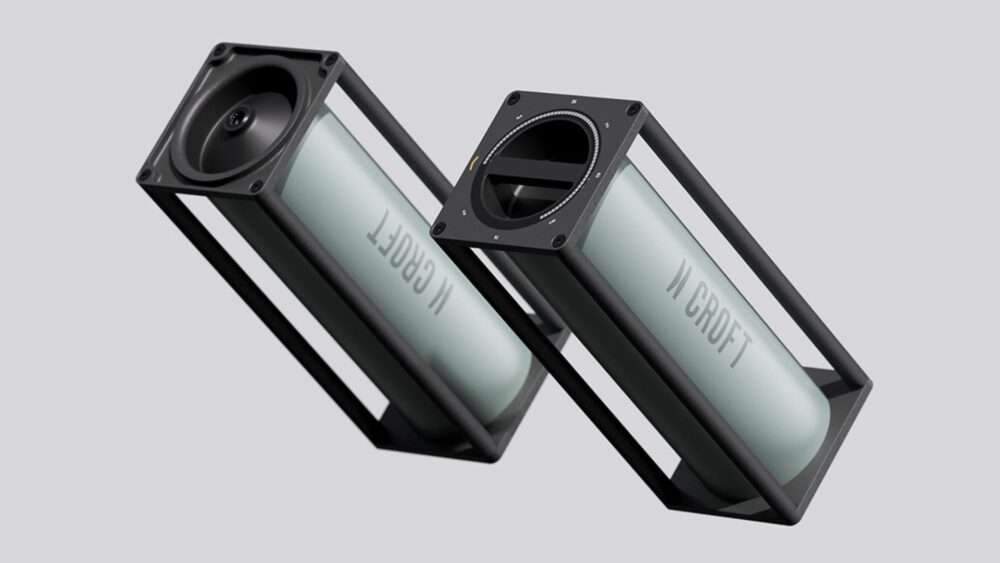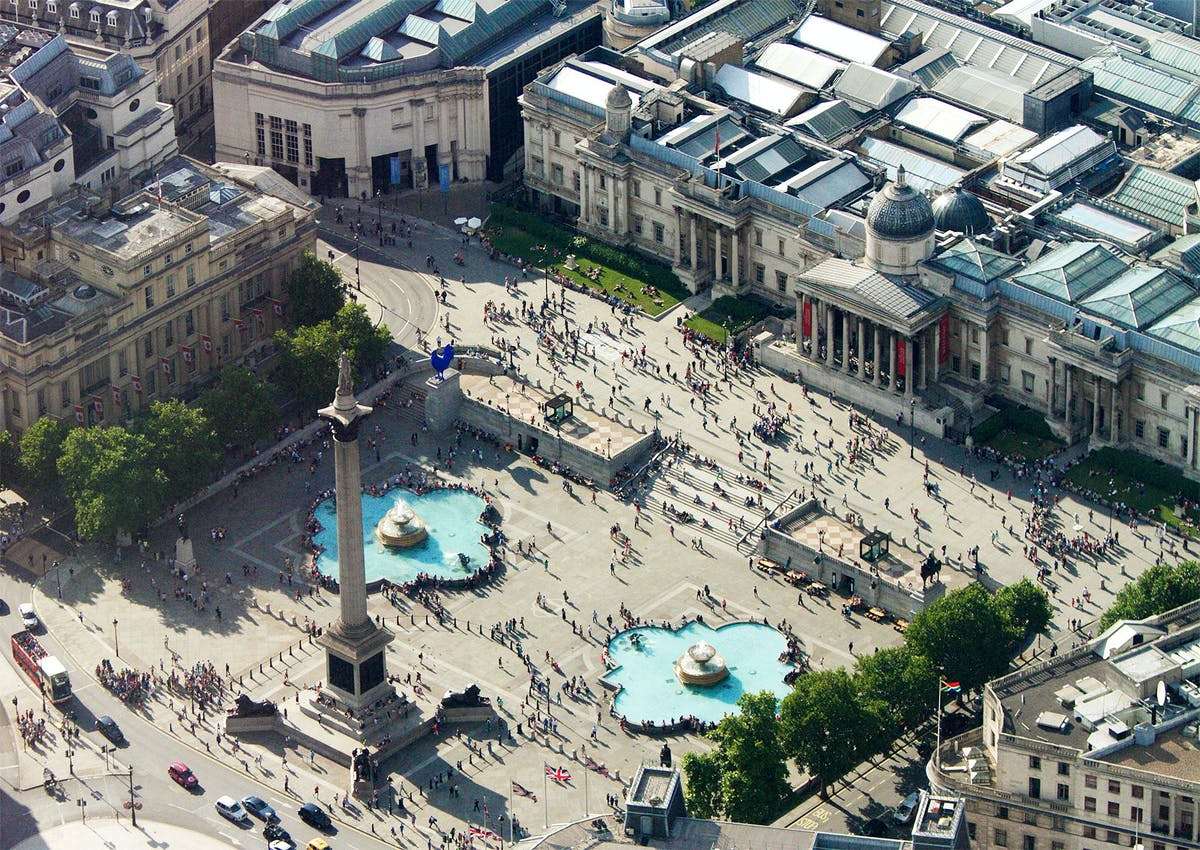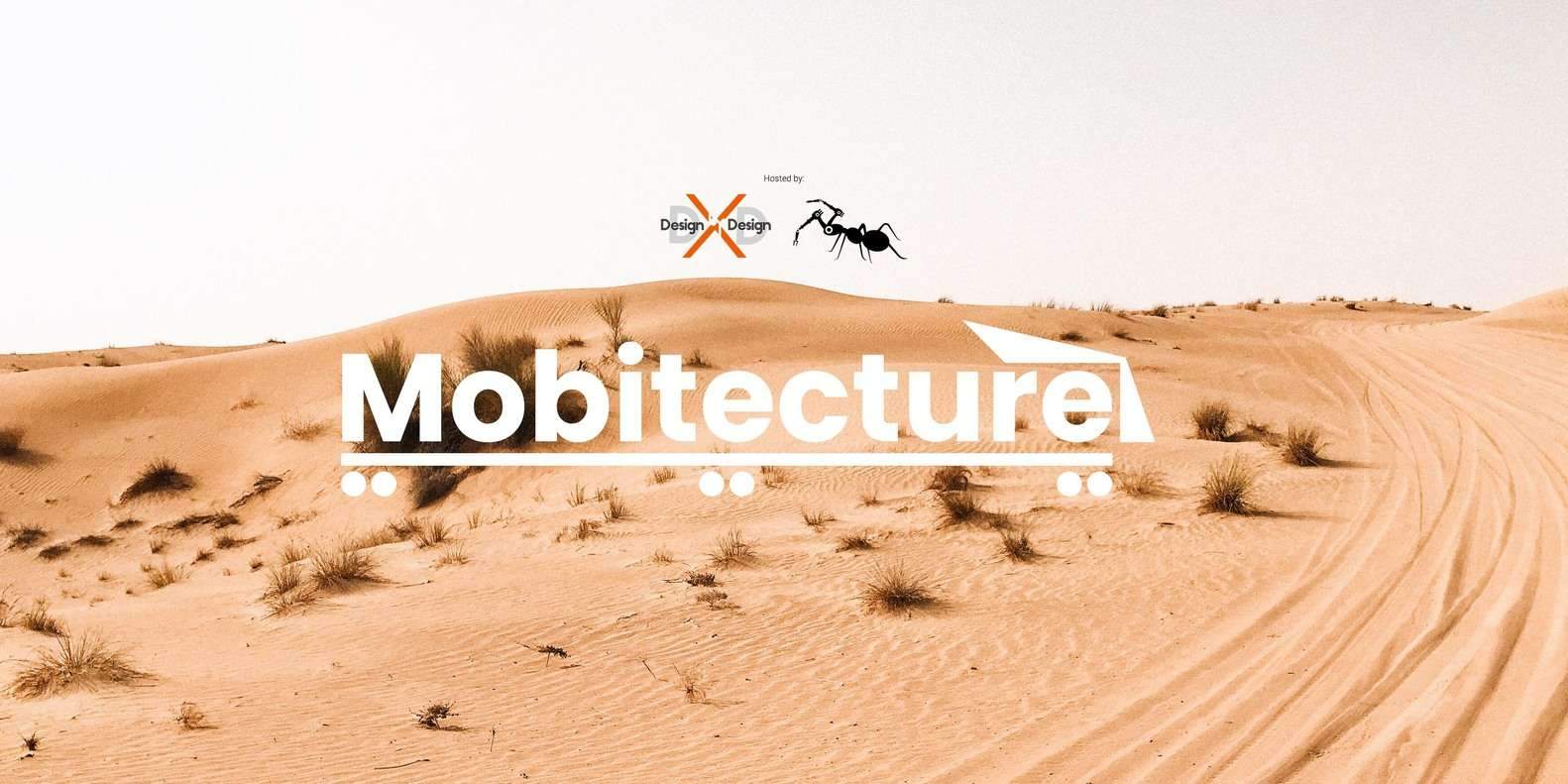Croft: a revolutionary solid-state, low-pressure storage technology
The Croft project’s objective is to retrofit vehicles to operate on hydrogen, which would result in cleaner, more effective, and longer-lasting journeys

Experience design agency LAYER, led by Benjamin Hubert, teamed up with Croft, a US start-up to establish a sustainable and eco-friendly hydrogen economy. Together, they developed a hydrogen-powered system for consumers consisting of nano cartridges that can fuel retrofitted vehicles, a Nanoplant for recharging the cartridges, and an onboard charging hose module.
LAYER was in charge of the industrial design and engineering of the system, as well as creating a comprehensive branding system, encompassing a brand identity, tone-of-voice, packaging, and CMF strategy. This collaboration brings a new vision for energy and provides a blueprint for an enduring and scalable green-hydrogen economy.

“At LAYER we passionately believe design is a force for good and that designers have a responsibility to create positive change. Working with Croft has allowed us to flex our design, engineering, and branding teams to create a holistic system that has the potential to fundamentally improve the way people travel and consume energy.
Electric vehicles are increasingly commonplace but have downfalls – particularly when traveling long distances on a single charge. The Croft system offers a solution to these challenges with a consumer-ready product that enables users to embark on epic journeys with a clear conscience.” says Benjamin Hubert, Founder of LAYER.
The future of fuel
Croft is leveraging a revolutionary solid-state, low-pressure storage technology to ignite the hydrogen economy. This technology enables Croft to decrease the current hydrogen refueling costs by 50%, eliminate the infrastructure gap associated with hydrogen, and reduce the adoption time by 80%.
Although the technology itself can be intricate, the products designed and engineered by LAYER are simple, pragmatic, and easily comprehensible.

The Croft initiative aims to retrofit vehicles to run on hydrogen, making them more environmentally friendly, efficient, and capable of undertaking long journeys. The product lineup consists of three primary components:
- reusable modular hydrogen “nano cartridges”
- a nodular “Nanoplant” recharging station
- an on-board charging hose module
These products embody resilience, with a robust visual language that encourages users to service them rather than replace them. The products’ technological advancement is conveyed through textural and material contrasts.
Nanocartridge
The “Nanocartridge” has a 0.66kg H2 capacity and weighs 14-16kg. It’s robust structure and stable base enable effortless stacking and handling. Additionally, the cartridge features four side handles, offering multiple grip points.

A circular gauge on the top surface showcases the remaining hydrogen capacity, and a dial graphic facilitates quick information intake. The color, material, and finish of the cartridge are meticulously crafted to appeal to those who are building the tools for the future of fuel.
Nano plant
The Nano plant is a compact system created to generate solid-state hydrogen that can discreetly recharge the nano cartridges at home. It shares the same sturdy design language as the cartridges, characterized by clean, architectural shapes.
A simple user interface on the top of the front surface counts the time required to charge four nano cartridges in each charging bay and estimates the completion time. The system is infinitely scalable, with additional Nanoplant modules that can be connected horizontally.

Each Nanoplant module features a pull-out drawer that can store up to four cartridges and facilitates access to single cartridges. This can also be used as a cart to transport multiple cartridges from theNano plantt to the vehicle. This straightforward functionality balances the complex technology powering the system.
A positive impact
LAYER has also designed a comprehensive and adaptable branding system for Croft, inspired by the brand’s emphasis on experiences. The branding project encompasses a striking brandmark, wordmark, tone-of-voice guide, CMF strategy, and packaging.
Furthermore, The Croft brandmark is an abstracted ‘H’ that symbolizes the future of hydrogen. Its naturally elongated verticals and narrow waist suggest a road that stretches into the distance. Therefore serving as a metaphor for the journeys that Croft enables.

The brandmark is a versatile visual element that can be used in several ways, including as a graphic element, debossed into Croft products as a quality certificate, applied as a micro-pattern to create texture, and as a call-to-action for interaction points.
Like the products, the branding is meticulously crafted to appear visually organized and pragmatic. Also, The tall, architectural letterforms have a commanding presence at various scales. Ranging from letterheads and packaging for small elements to shipping containers.
Moreover, The core color palette is a gradient of black and grey. Featuring accents of sage, vibrant yellow, and electric blue, which reflect the brand’s pragmatic and utilitarian nature.
Finally, more on Archup:
Heydar Aliyev Center: An Overview Of This Flowy Architecture







